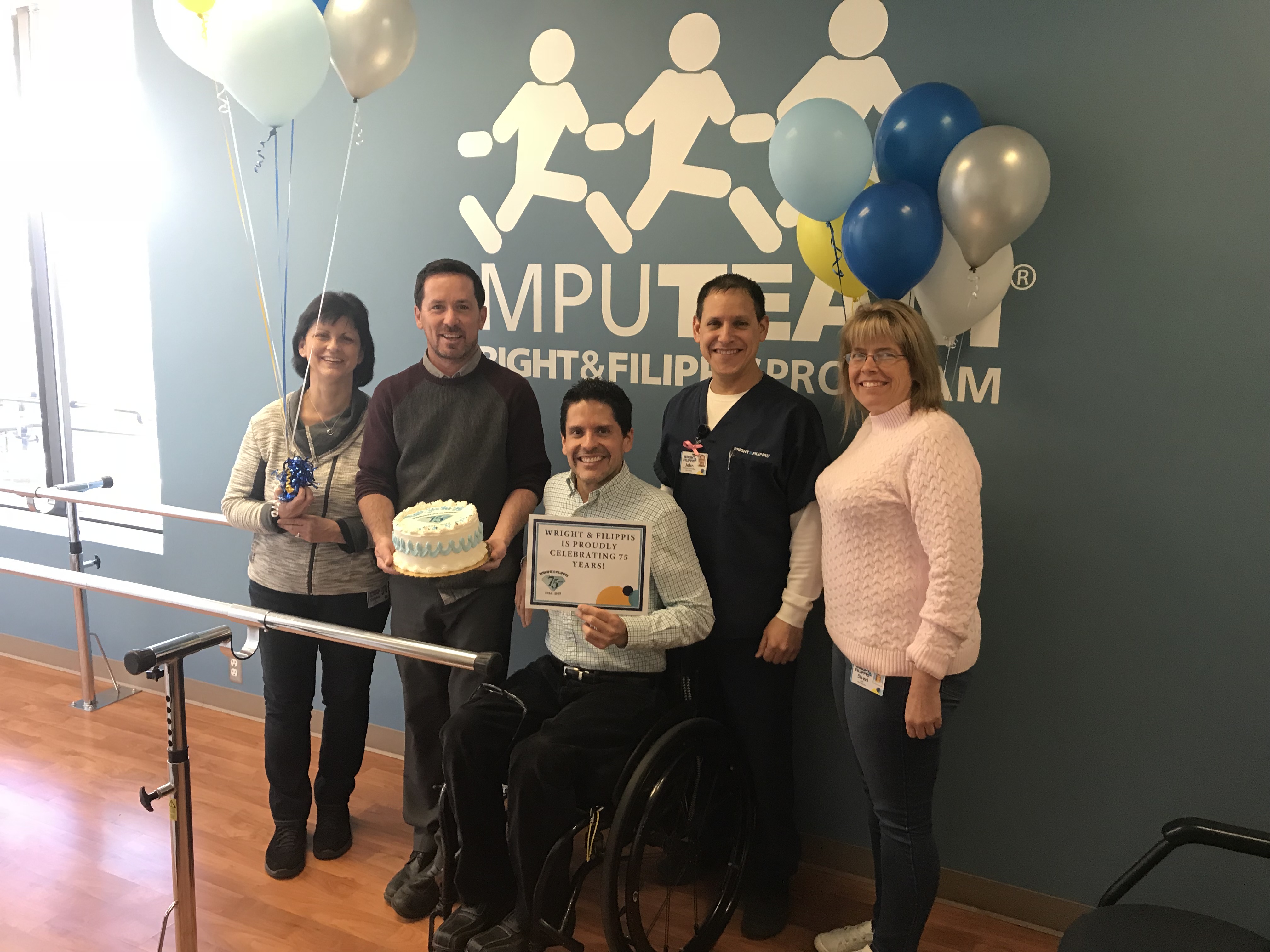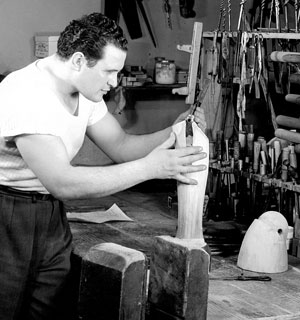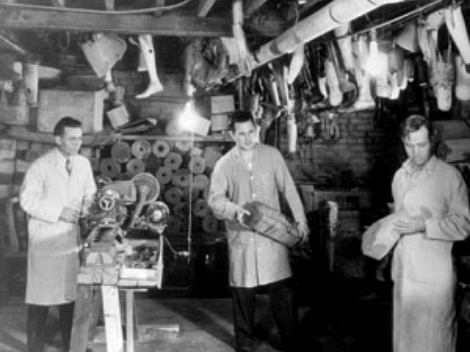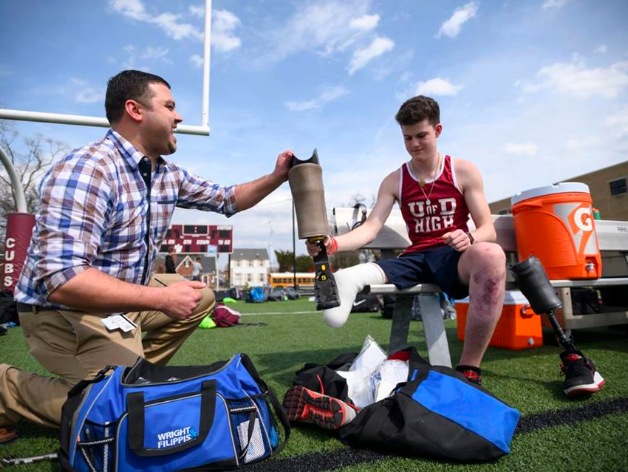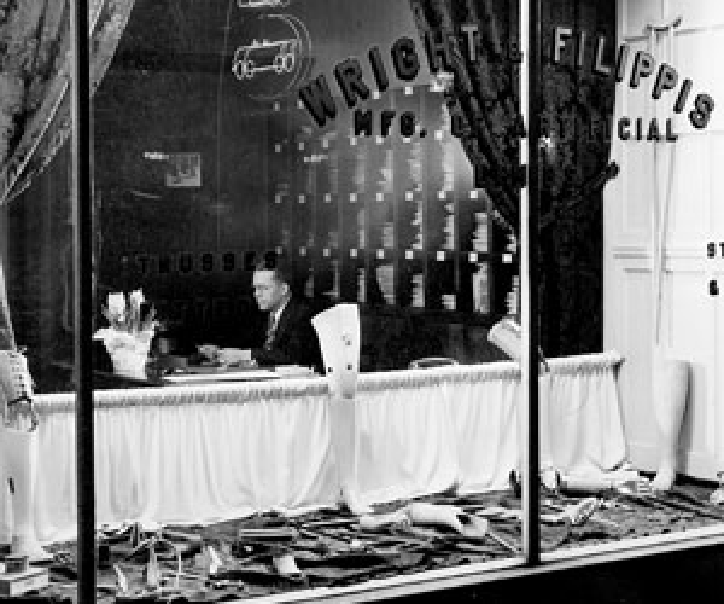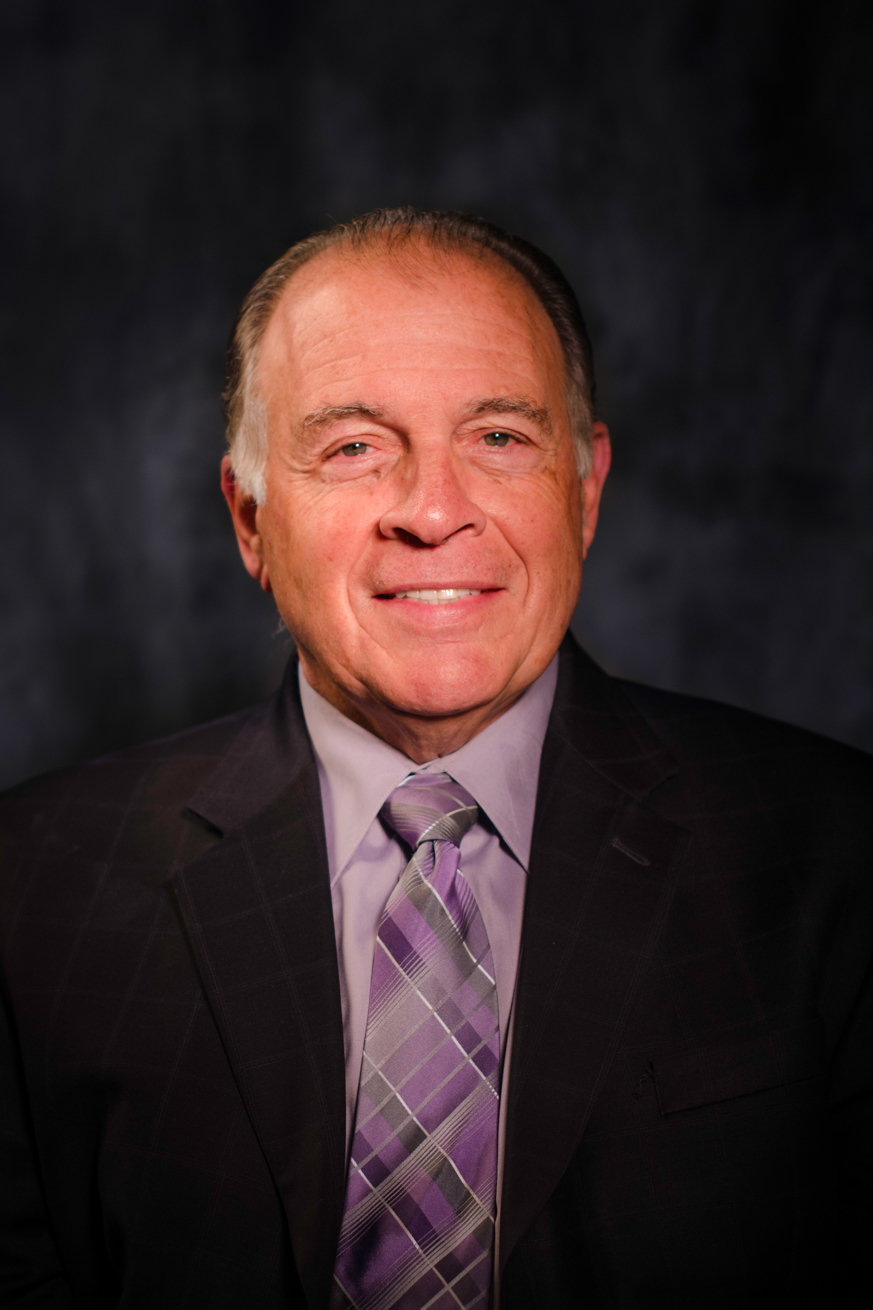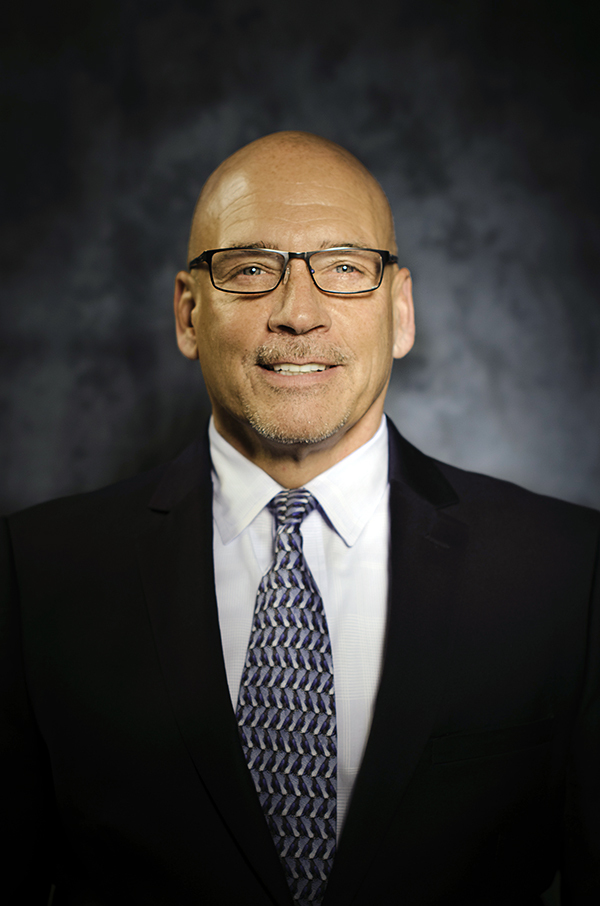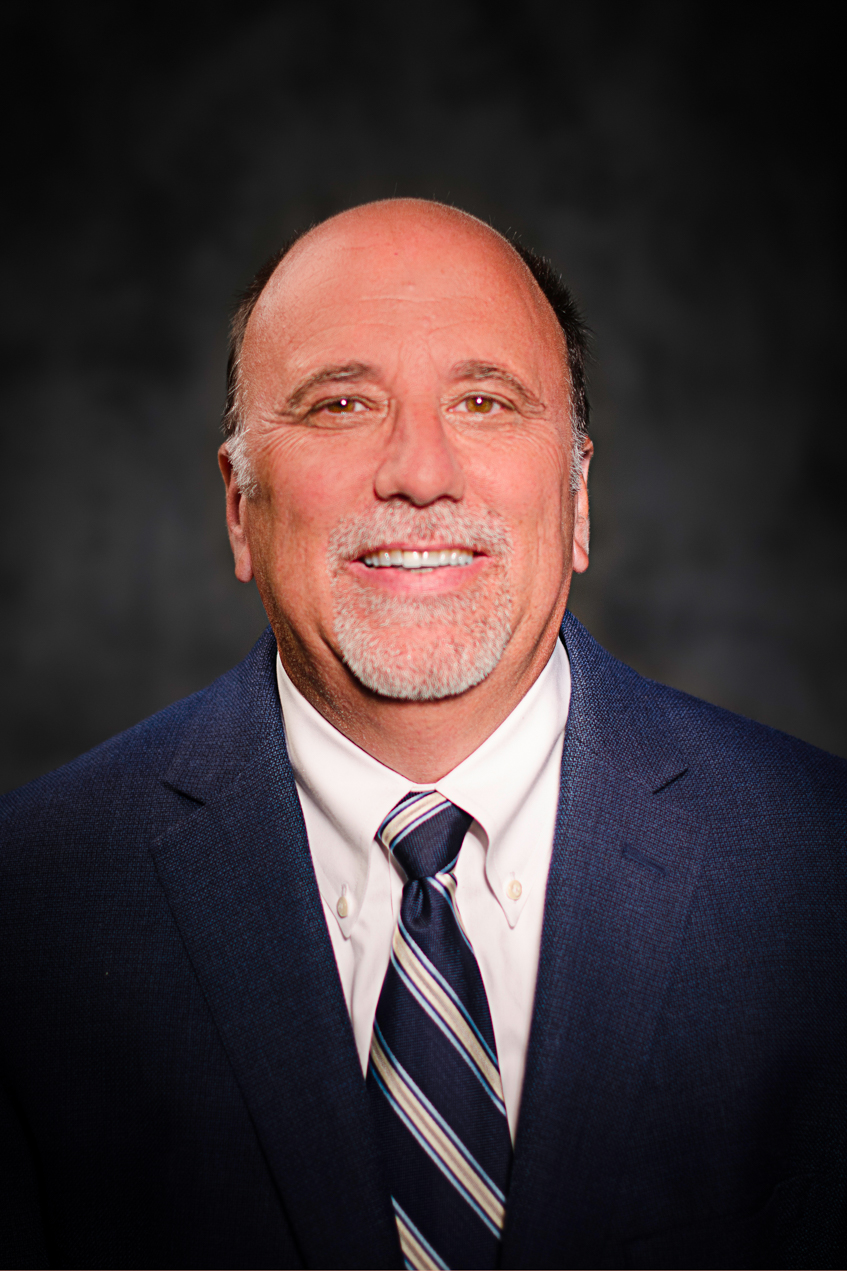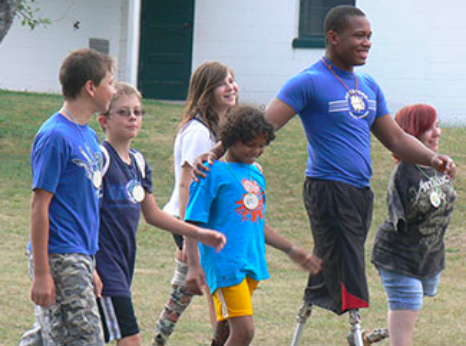First to serve since 1944
About Us
Wright & Filippis is one of the nation’s largest, family-owned providers of prosthetics, orthotics, and accessibility solutions. We are over 75 years strong, and now more than ever we are reminded of our ongoing commitment to improving the lives of our patients by helping them get back to their normal day.
Our Guiding Principles
Wright & Filippis builds personal and professional satisfaction within our associates upon the foundation of Equality, Trust, Mutual Respect & Teamwork.
We believe that continuous improvement and recognition of employee performance will yield a positive work environment and superior customer service. These values are integrated and celebrated throughout our organization.
